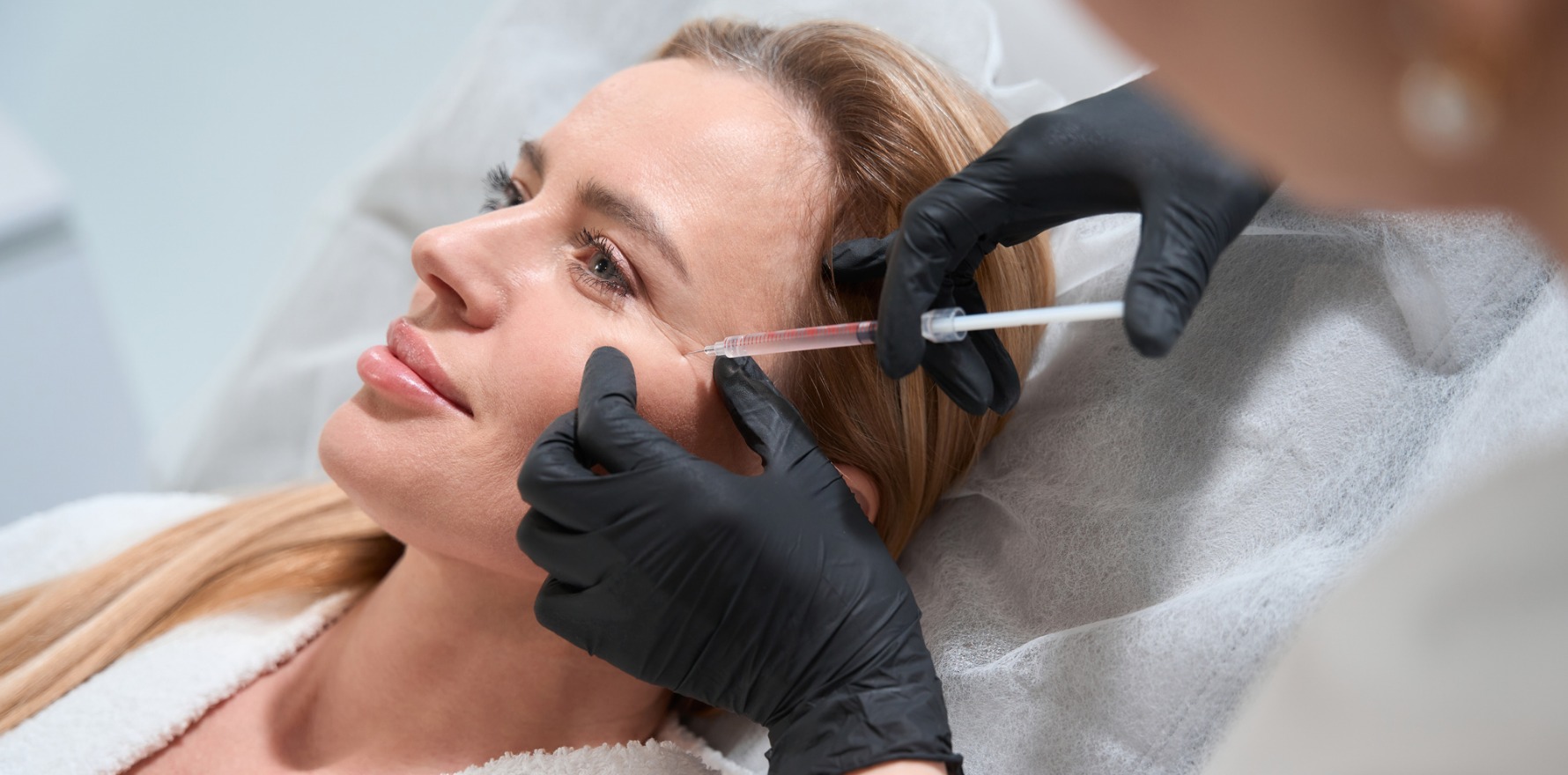If you expect to make a killing with this sideways move from general practice, I’ve got bad news for you.
On the weekend I was at a conference I make a point of attending each year, mostly to network and meet up with colleagues and friends.
While watching presentations is far easier and cheaper to do online, attending this aesthetics conference in person means I get to catch up with colleagues, many of whom are still working as GPs in some capacity.
It was one such colleague – “Jane” – who began in aesthetics around the same time as I did around 2016, who made the wistful comment: “I’m still doing mostly GP work while you’re doing mostly aesthetic work!” There was a note of envy and FOMO.
We chatted, alongside another GP colleague, also mixing GP with aesthetics – “Sara”. “Be careful what you wish for” was a prominent sentiment.
Some snippets that may surprise some of the people clamouring to join this field:
Sara: “I’ve never had a GP patient give me sleepless nights the way aesthetics patients do!”
Me: “My indemnity has shot up – it’s currently more than five times what I used to pay as a non-procedural GP.”
Sara: “It’s harder to do a good job when the goal isn’t to alleviate distress and disease but to deliver unrealistic expectations without any risk.”
We all balance risk and reward differently, but don’t kid yourself that aesthetics is an area with less risk or anxiety than regular general practice.
As with so many procedural specialities including surgery, the stakes are higher than in non-procedural work – there is a reason why surgery, including cosmetics and medical aesthetics, receives the most complaints.
On the other hand, if you don’t do enough of the procedural work, you risk making more mistakes, which may be reflected in your indemnity.
It does make me question, again, why someone might wish to venture into aesthetics especially after gaining a GP fellowship.
More and more doctors and nurses are going straight into medical aesthetics as soon as they have their basic qualification – one that has often been subsidised by the state, which is desperate for doctors and nurses, not retail salespeople with a licence to inject.
So for a specialist GP, I often wonder, what is the appeal?
Is it the abysmal state of general practice at the moment? Is it the poor remuneration? Is it the lack of respect?
I have to tell you, if people are embarrassed to be seen as “just a GP”, it’s far worse to be seen as a “cosmetic physician”, especially by our peers.
One thing that should not entice people to make this move is money. Until quite recently I used to describe it as a “very expensive hobby”.
And if we think moving from bulk billing to private billing is hard, then building a loyal demographic in aesthetics able and willing to pay you well for the services you provide, surrounded by non-doctors who are able to do the same, is so much harder.
It takes years to build a loyal following and is far slower if you’re less than fulltime. The demand is certainly there, but so is the competition.
Like bulk-billing GP clinics, aesthetics patients are notorious for injector hopping which is an extra risk if you don’t hear from them about an unhappy outcome. A study conducted by a pharma company reported up to 44% of dissatisfied “clients” simply move to another injector.
I see female doctors (attending chain clinics,) happy to be injected by injectors without much thought to their experience, based purely on price.
I also see colleagues occasionally take to social media groups to complain about undesired outcomes by fellow doctors, and other doctors in comments encouraging the complainant to report them to AHPRA – even for known side-effects and complications.
Related
I agree with Sara: in GP proper, I can’t say I’ve ever had a patient cause me to lose sleep and feel terrible anxiety, even the one time a patient reported a colleague and me to AHPRA (it was dismissed as being vexatious).
I have, however, lost more sleep than I can quantify in my decade (after some cases) as an O&G registrar, in the early years of skin cancer surgery work, especially flaps and skin grafts.
And I continue to lose a lot of sleep over aesthetics patients, thanks to “my results should be further along than they are”, requests for refunds and more if I don’t see the red flags early on or choose to ignore them.
Procedural work carries far more risk – that’s why our indemnity shoots up once we do enough of what is considered riskier work by our MDOs.
At the same time, there is now the difference of procedural work carried out due to need –e.g. a skin cancer on the face that needs a flap or a graft – versus entirely discretionary work without any insurance, purely for self-beautification.
Thanks to clever marketing globally in this industry, patients have sky-high expectations: no bruising; no side-effects; instant results; the same results as the sister/friend who had similar work done; no risk.
I’ve had patients in clinic say to me “promise it won’t hurt” as I’m about to jab them with a needle.
I’ve had patients say, as I’m discussing complications of dermal filler: “I don’t need to know that. You are making it sound scary, please stop.”
I’ve also had patients who, having disappeared for two or three years after I last saw them, inquire if they can come back for free reversal work “because you did my original work”, despite having gone to multiple other places since.
There are so many examples. But always, as the doctor, the buck stops with us. There is no prescribing doctor who is still responsible for oversight of us.
After nearly a decade there are still many days and weeks when I wonder why I’m doing this. All it takes is one angry patient or something happening unexpectedly.
I would go for months at a time, if not years, in general practice without that worry.
I was a PGY15 when I ventured into medical aesthetics. I had a decade of accredited surgical training under my belt and, truth be told, procedural work was my love. I was five years post-general practice training and two years post-fellowship.
I ventured into it because I missed using my hands and wasn’t getting enough procedural work in general practice.
I knew it would test my moral compass and worried about it.
I did not know it would be a challenge unlike anything medicine teaches us because it is marketed as retail/beauty, due to the lack of much regulation and lack of entry requirements beyond an AHPRA qualification of registered nurse, doctor or dentist.
The restrictions by the TGA and AHPRA are meant to curtail irresponsible advertising of these drugs, often by inadequately experienced practitioners whose only selling point is price to an audience that knows no better. In the process they undermine all of us.
So I see Sara’s point. And honestly, if covid had not happened, and the private billing practice that I thought was my medical home had not closed because of it, I’m not sure that I would be in medical aesthetics.
Few things have caused me this much stress, and with the way the TGA is cracking down on just this aspect of the industry, I fail to see why anyone would consider it over private billing medicine without a strong passion and foundation in procedural medicine.
Dr Imaan Joshi is a Sydney GP whose practice includes aesthetics; she tweets @imaanjoshi.





